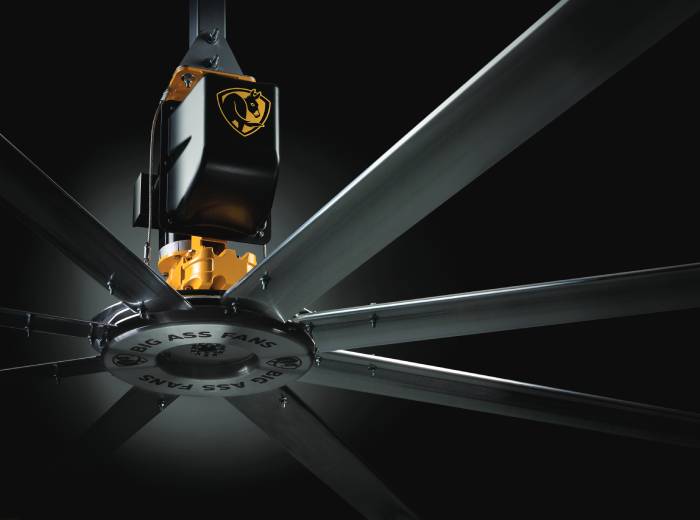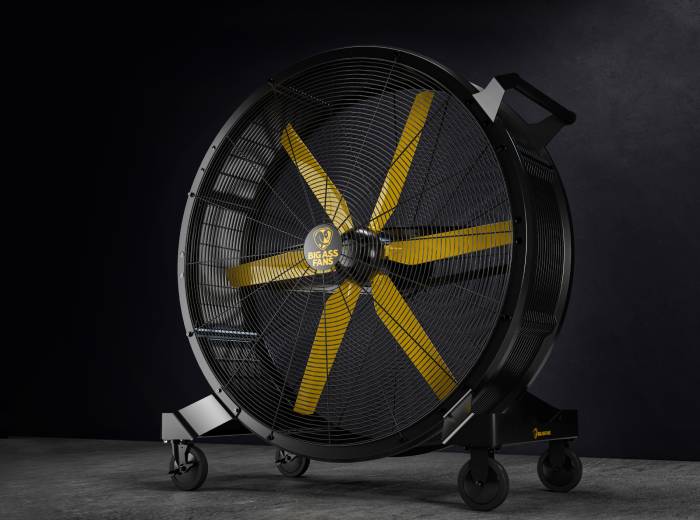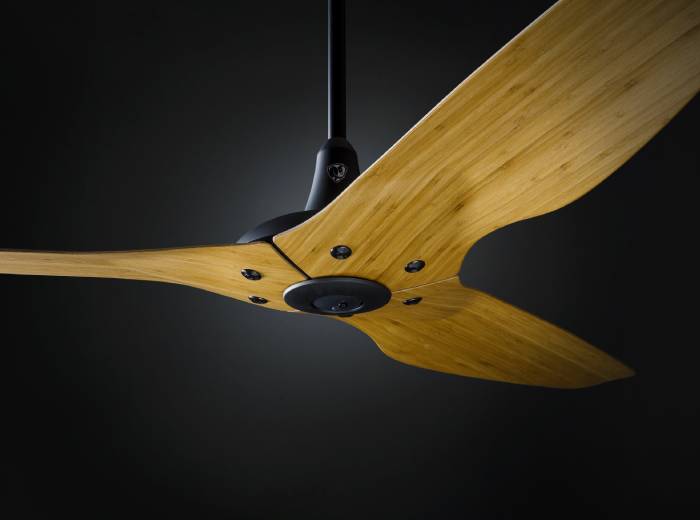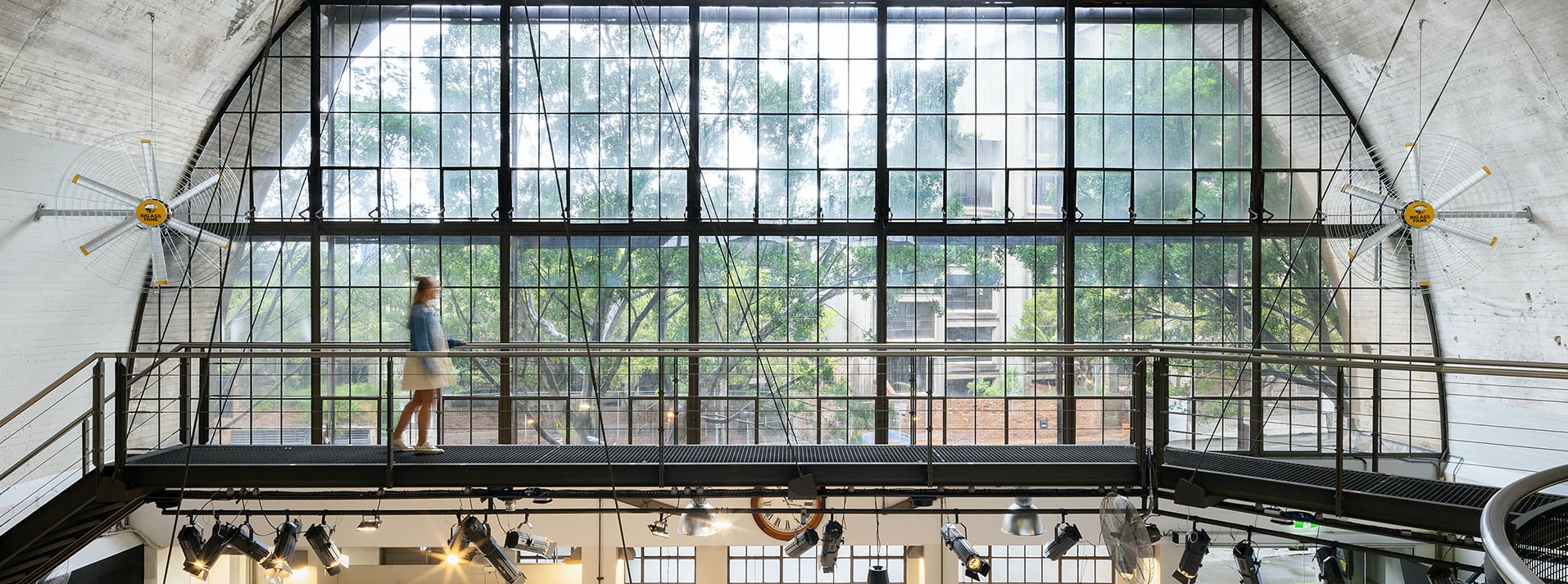
Ceiling Fan Direction in Winter and Summer
Residential ceiling fans are a common fixture in many homes, providing comfort and airflow throughout the years. However, did you know that the direction in which your ceiling fan rotates can significantly impact its effectiveness in different seasons?
Whether it's indoors or outdoors, adjusting the direction of your ceiling fan can help you stay cool in the summer, warm in the winter, and even save on energy costs.
In this guide, we'll explore why ceiling fan direction matters, which direction to choose for each season, and how to make these adjustments for maximum comfort and efficiency year-round.
Why Does Ceiling Fan Direction Matter?
The direction of your ceiling fan's rotation influences how air circulates in a room. Ceiling fans typically have two rotation settings: clockwise and counterclockwise. Each setting creates a different airflow pattern, which can either cool or warm a room depending on the season. Understanding and utilising this feature can enhance your comfort and reduce the strain on your heating and cooling systems.
Which Direction for Winter
During the winter months, your ceiling fan should rotate clockwise. This setting creates an updraft, pulling cool air up and pushing warm air, which naturally rises to the ceiling, down along the walls and back into the living space. By redistributing warm air, your fan can help maintain a consistent temperature throughout the room, reducing the need for your heating system to work as hard.
How to Set Your Ceiling Fans for Winter
To ensure your ceiling fan is set to rotate clockwise:
- Turn off the fan and let it come to a complete stop.
- Locate the direction switch on the fan's motor housing. This is usually a small switch that slides up or down or a button that you can toggle.
- Slide or press the switch to change the direction.
- Turn the fan back on at a low speed and observe the direction of rotation. When viewed from below, the blades should move in a clockwise direction.
Which Direction for Summer
In the summer, your ceiling fan should rotate counterclockwise. This setting creates a downdraft, pushing air down directly beneath the fan. The increased air movement can create a wind-chill effect, making the room feel cooler even if the temperature doesn't change. This allows you to raise your thermostat setting by a few degrees without sacrificing comfort, ultimately saving on energy costs.
How to Set Your Ceiling Fans for Summer
To ensure your ceiling fan is set to rotate counterclockwise:
- Turn off the fan and let it come to a complete stop.
- Locate the direction switch on the fan's motor housing.
- Slide or press the switch to change the direction.
- Turn the fan back on at a low speed and observe the direction of rotation. When viewed from below, the blades should move in a counterclockwise direction.
Ceiling Fan Direction with Air-Conditioning/Heating
Combining ceiling fans with your air-conditioning or heating system can optimise your home's energy efficiency. In the summer, using a ceiling fan in conjunction with your air conditioner allows you to set the thermostat higher, reducing energy consumption. In the winter, a ceiling fan can help circulate warm air from your heating system more evenly throughout the room, allowing you to set the thermostat lower.
Benefits of Changing Fan Direction
Adjusting your ceiling fan's direction seasonally offers several benefits:
- Energy Efficiency: Through optimising airflow, you can reduce reliance on your HVAC system, leading to lower energy bills.
- Improved Comfort: Proper air circulation helps maintain a consistent temperature and reduces hot or cold spots in your home.
- Extended HVAC Lifespan: Reduced strain on your heating and cooling systems can prolong their lifespan, saving you money on repairs and replacements.
- Environmentally Friendly: Lower energy consumption means a smaller carbon footprint, contributing to environmental sustainability.
How to Ensure Maximum Efficiency
Optimising your ceiling fan's efficiency year-round involves more than just changing the direction of rotation. Here are some practical tips to ensure your fan operates at its best, regardless of the season.
1. Choose the Right Fan Size
Selecting the appropriate fan size for your room is crucial for effective air circulation. Here’s a quick guide:
- For rooms up to 7 square metres, a fan with a blade span of 74 to 91 centimetres is suitable.
- For rooms 7 to 13 square metres, choose a 91 to 107 centimetre blade span.
- For rooms 13 to 21 square metres, a 112 to 127 centimetre blade span works best.
- For larger rooms over 21 square metres, consider a 127 to 137 centimetre blade span.
2. Install the Fan at the Right Height
Correct installation height is key to maximising your fan's efficiency. When installing your fan, ensure the blades will be 2.4 to 2.7 metres above the floor for optimal air circulation. Make sure there is at least 25 to 30 centimetres between the blades and the ceiling, and maintain a minimum of 45 centimetres from the walls.
3. Utilise Multiple Fans in Large Spaces
For large rooms or open floor plans, using more than one ceiling fan can help distribute air more evenly. Position the fans so their airflow patterns overlap slightly to avoid dead zones where air doesn’t circulate.
4. Adjust Fan Speed According to Season
Use your ceiling fan’s speed settings to your advantage. In the summer, use higher speeds to create a stronger wind-chill effect, enhancing cooling. In the winter, set the fan to a low speed to gently circulate warm air without creating a draft.
5. Regular Cleaning and Maintenance
Dust and dirt accumulation can reduce your ceiling fan's efficiency and lifespan. Follow these maintenance tips:
- Clean the fan blades regularly to prevent dust buildup, which can cause imbalance and noise.
- Check and tighten any loose screws or bolts.
- Lubricate moving parts if recommended by the manufacturer.
- Inspect the fan periodically to ensure all parts are in good condition.
7. Use Fans in Conjunction with Other Home Systems
Enhance your home’s overall energy efficiency by coordinating your ceiling fan with other systems. In summer, use ceiling fans to supplement air conditioning, allowing you to raise the thermostat setting and save on cooling costs. In winter, air your ceiling fan with your heating system to distribute warm air more evenly, reducing the need to turn up the heat.
8. Leverage Natural Ventilation
Take advantage of natural ventilation to complement your ceiling fan. In summer, open windows during cooler parts of the day and use the fan to circulate the fresh air. In winter, ensure windows and doors are sealed properly to keep warm air inside, allowing your ceiling fan to circulate the heated air more effectively.
9. Invest in Smart Technology
Smart ceiling fans offer advanced features that can further boost efficiency and comfort. For example, remote control or smartphone apps allow for convenient adjustments, and integration with home automation systems enables automatic adjustments based on room temperature and occupancy. Energy-saving modes optimise fan speed and direction for maximum efficiency.
10. Consider Fan Design and Aesthetics
While functionality is key, the design of your ceiling fan also plays a role in its efficiency. For example, fans with broader blades can move more air at lower speeds, while fans with aerodynamic blade shapes allow for better airflow. Make sure the fan's design complements the room’s layout and usage to maximise its effectiveness.
By following these guidelines, you can make the most of your ceiling fan year-round, enhancing your home's comfort and energy efficiency no matter the season.
Looking for a quality ceiling fan for your space?
Whether you’re looking for a ceiling fan in summer or winter, we have a range of quality ceiling fans to suit your space.
At Big Ass Fans, we’re here to make your life easier, more comfortable, and less expensive. Explore our range of residential, commercial and industrial fans today.






